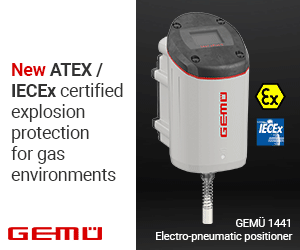How to ensure your forklift maintenance programme is good to go
The forklift is rightly considered the workhorse of the warehouse, whether used for loading/unloading, stacking pallets onto racking or simply moving products from point A to B. This ability to multi-task means that it is an essential component in many factories and warehouses, and key to maximising performance efficiencies.
Often operating in testing conditions and relied upon for a variety of heavy lifting tasks, keeping the truck in good working order becomes a major factor to the smooth running of a business. To meet the requirements of PUWER and LOLER an annual thorough examination must be completed (similar to a car’s MOT).
Equipment downtime is the enemy of any workplace, so keeping a forklift running effectively should be a high priority in any organisation. Implementing a programme of additional daily checks is an important, low cost and effective method of identifying potential faults before they develop into more costly or terminal defects. As such, they are the cornerstone of any good preventative maintenance regime.
Providing operatives with checklists to complete does not guarantee that they will be used. Many forklifts these days are supplied with a book of checklists, allowing operatives to carry out their daily inspections. “What we’ve discovered when talking to our customers is that these checklists are often kept under the seat in the cab, rarely seeing the light of day and only dusted off when they are due to be handed in or a manager is due to carry out a walk round (at which time they are hastily filled in and backdated)” says Graham Halliday, Product Manager at Good to Go Safety.
An effective system should not only provide the operative with a list of components to check, it should also provide guidance notes specific to the equipment and more importantly it needs to provide visual confirmation that the forklift has been inspected that day. Displaying the findings on the forklift ensures that everyone knows when it was checked and what the findings were, if yesterday’s date is showing or the insert is missing from the tag then managers can ask the question “Why is this forklift being used if daily checks have not been completed?” and it allows operatives to be retrained and educated as to the importance of their maintenance programme.
The visual tags and checklists provided by Good to Go Safety allow spot checks to be carried out at any time and provide additional reassurance to all staff members that stringent safety checks are being completed in their best interest. In addition the checklists provide a carbon copy of completed inspections, providing an audit trail that can be used as evidence in the event of an incident, showing that the forklift was found to be in good working order.
The Good to Go Safety range is not limited to forklifts, systems are also available for pallet racking, pallet trucks, stepladders, vehicles and trailers to ensure warehouse safety and operations remain good to go at all times.
Visit Website: www.goodtogosafety.co.uk



























































































































